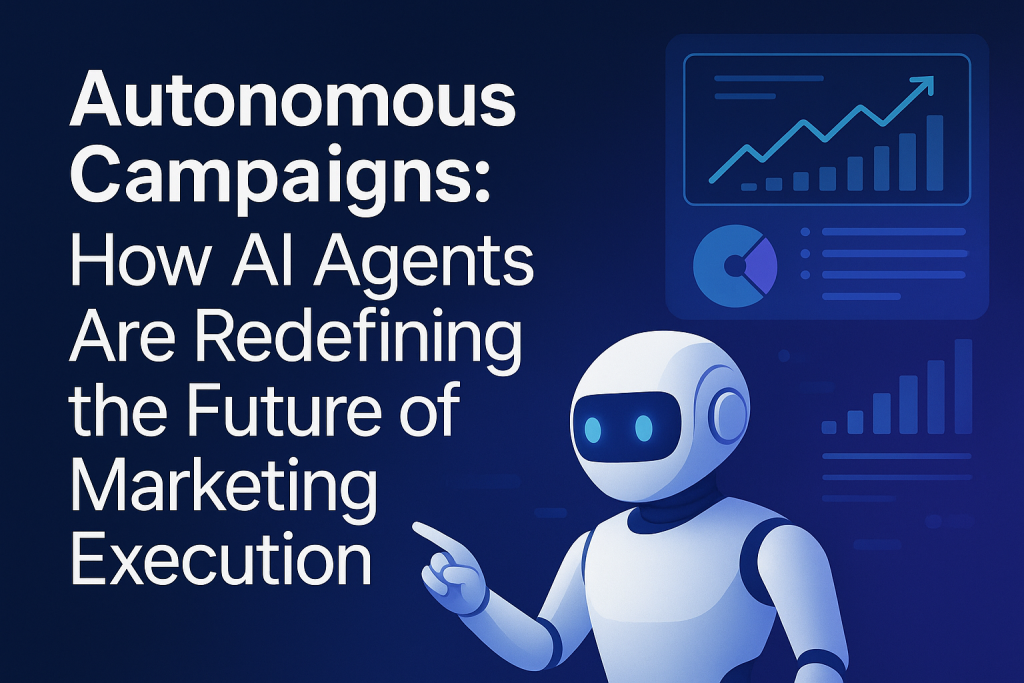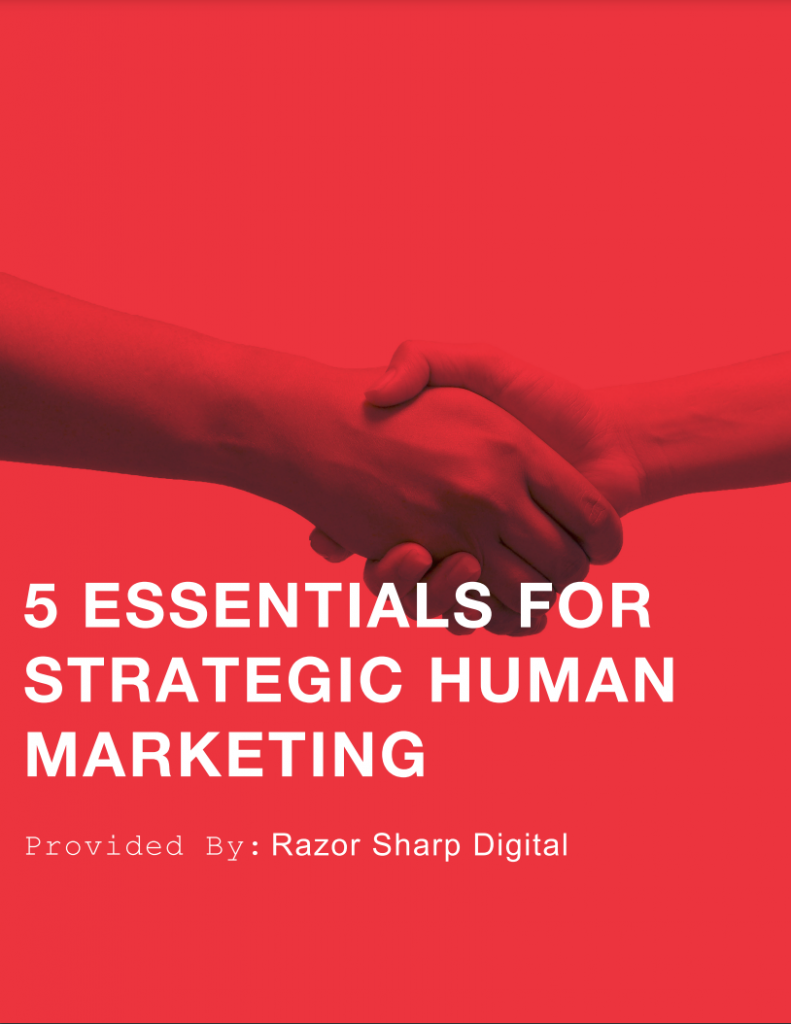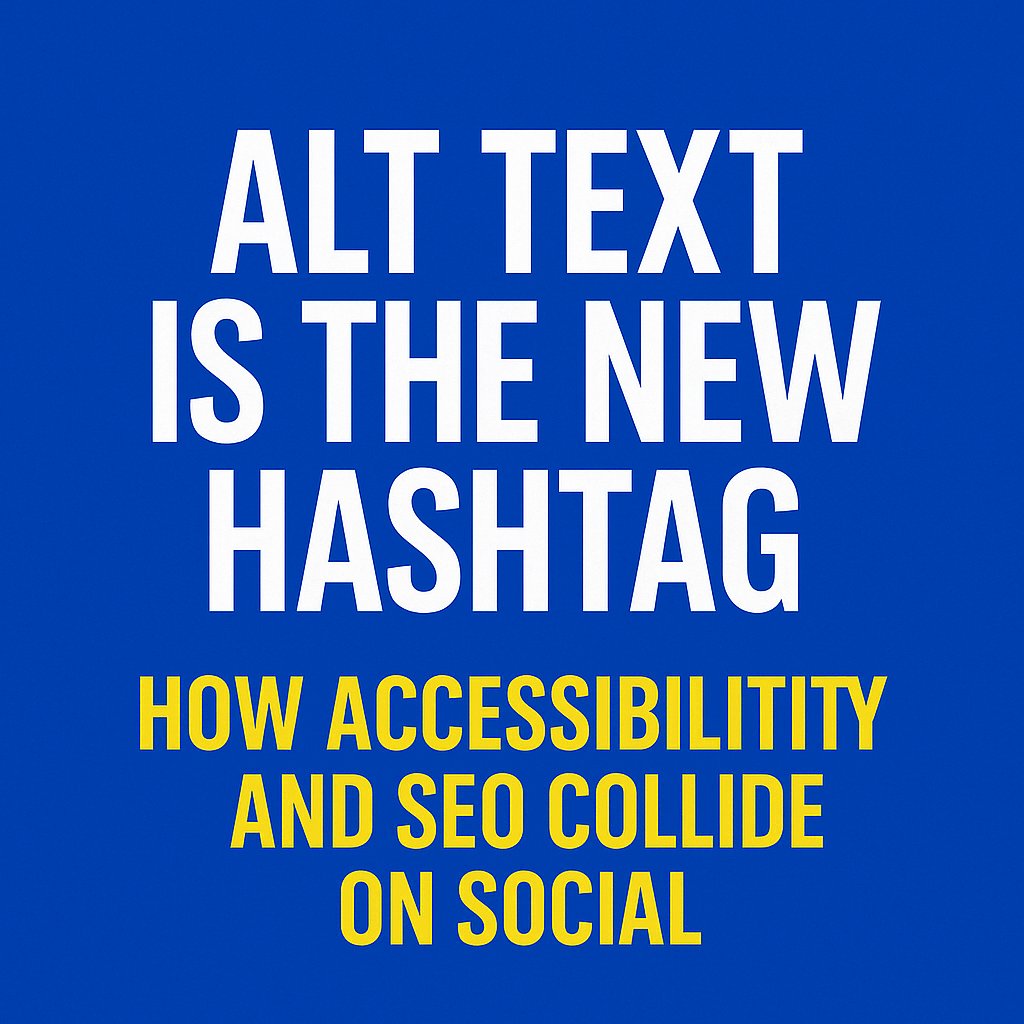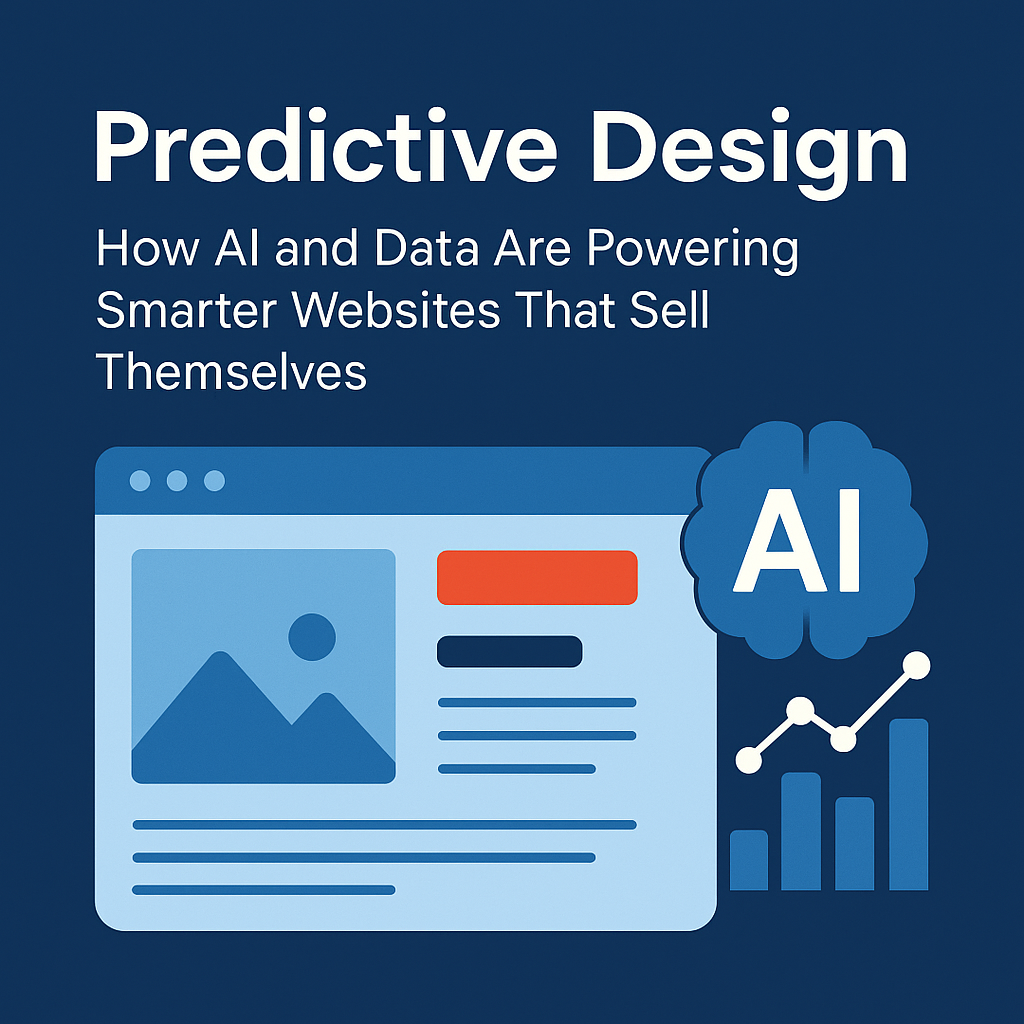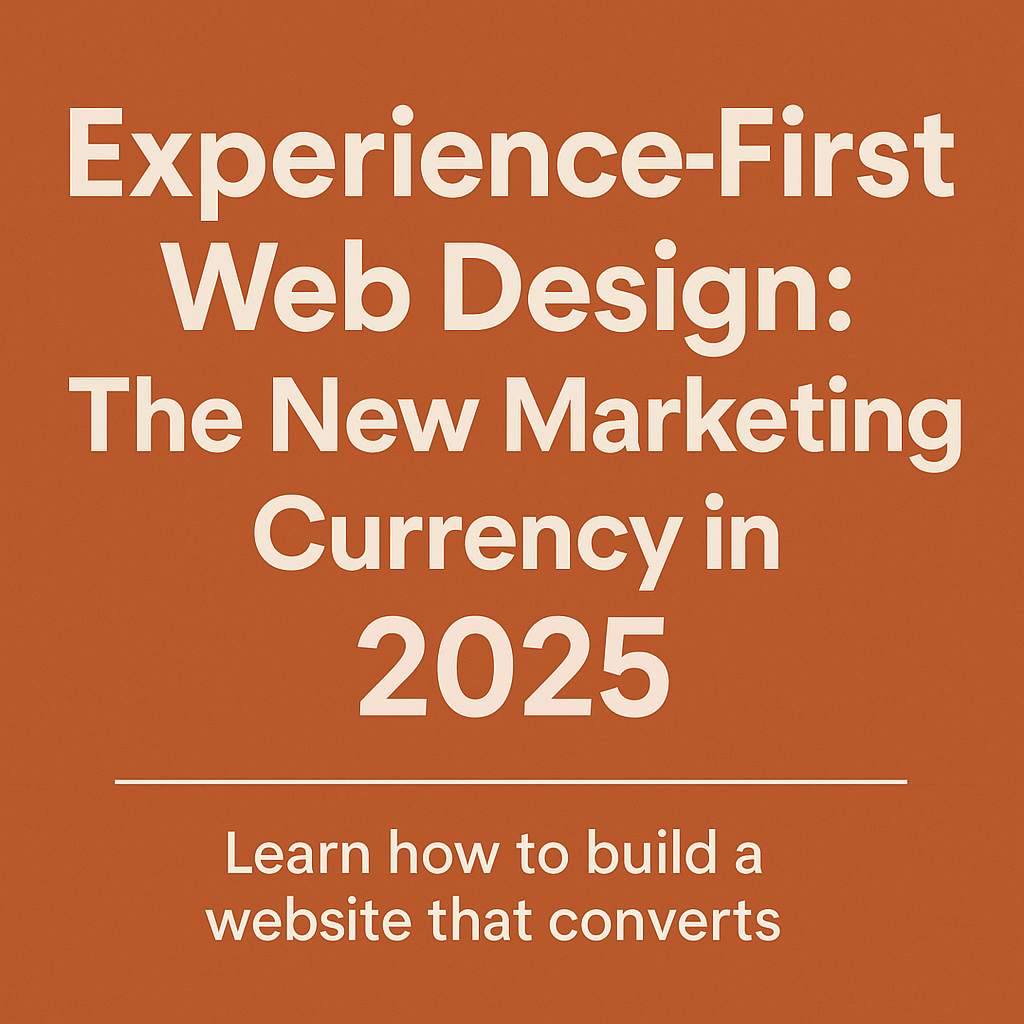What happens when you remove that constraint — when AI agents don’t just assist, but execute autonomously? That shift is already underway, and it promises to change not just how campaigns run, but who runs them, and what marketing teams focus on.
In this article, we’ll explore:
What “autonomous AI agents” (or “agentic AI”) really means in the marketing context
Key capabilities and enabling technologies
Concrete use cases and early adopters
Opportunities, challenges, and guardrails
What marketers and business leaders should do now
Let’s dive in.
1. Understanding Autonomous AI Agents in Marketing
From Automation to Autonomy
Automation in marketing isn’t new: scheduling emails, rule-based bidding, static segmentation, drip campaigns — these have been staples for years. But typical automation depends on pre-defined triggers and manual oversight. In contrast, autonomous AI agents are:
Goal-driven, not just task-driven
Context-aware, continuously interpreting inputs and updating plans
Decision-making, not just rule-following
Self-improving, learning from feedback and outcomes
In marketing, that means an AI agent doesn’t wait for a human to push a button; it perceives the environment (customer signals, market trends), reasons about what to do next, executes multi-step strategies, and adapts over time. TechTarget+3Braze+3IDC Blog+3
That’s the leap from “automation” to “autonomy” — and Gartner, Deloitte, IDC, and others see it as a defining shift in the coming years. AIMultiple+3Deloitte+3IDC Blog+3
The Anatomy of an Autonomous Campaign Agent
To understand how this works under the hood, let’s break down the key components of a marketing AI agent:
Perception & Inputs: The agent ingests data from sources like ad platforms, CRMs, analytics, customer behavior, social signals, competitor feeds.
Memory / Context: It retains state and contextual understanding (e.g. campaign goals, audience history, past learnings).
Planning & Decision Logic: It breaks down objectives (e.g. “increase ROAS by 20 %”) into sub-tasks — budget allocation, creative variations, channel mix, bidding strategy.
Action / Execution: It performs the necessary steps — launching creative variants, bidding adjustments, channel shifts, and audience re-targeting.
Feedback & Learning Loop: It measures outcomes, refines hypotheses, and updates its model or decision heuristics.
Guardrails & Constraints: Marketers embed constraints (e.g. budget limits, brand guidelines, ethical boundaries) to prevent runaway behavior.
Because these agents interact with real systems, their ability to use APIs, calculate forecasts, reason about trade-offs, and adjust strategies in real time is critical. Deloitte+4Weights & Biases+4The Rise Of The Digital Workforce+4
2. What’s Driving the Rise of Autonomous Marketing Agents
Several converging trends make this moment possible:
1. Better LLMs, Reasoning & Memory
Recent advances in large language models (LLMs) go beyond just generating text — they can reason over multiple steps, hold memory, plan, and chain tasks. This makes it viable for agents to orchestrate complex campaign workflows without constant prompts. Deloitte+4Adams Street Partners+4IDC Blog+4
2. Integration APIs & Tooling Ecosystems
Agents now plug into ad platforms, CRMs, analytics, content systems, and external data sources. That means they can execute real moves (e.g. changing bids, shifting budgets) rather than just making recommendations. SmythOS+6IDC Blog+6AIMultiple+6
3. Demand for Real-Time Optimization
Consumer expectations and media dynamics change quickly. Brands that can’t adapt in real time fall behind. Autonomous agents let campaigns self-correct on the fly, instead of waiting for weekly or daily human adjustment. AIMultiple+5HubSpot Offers+5Azarian Growth Agency+5
4. Investor & Market Momentum
AI agents are a funding hotspot. Startups building agentic systems are drawing heavy seed-stage investment. Crunchbase News And the global AI agent market is expected to scale dramatically — from about USD 5.1B in 2024 to over USD 47B by 2030. Alvarez & Marsal
5. Enterprise Ready Maturity (and Hesitation)
Enterprises are cautiously adopting agents. Some trust issues remain — many organizations still don’t trust fully autonomous agents to run end-to-end tasks. TechTarget+2IBM+2 But incremental deployments, where human oversight coexists, are becoming more common. TechTarget+2IBM+2
3. Use Cases: Where Autonomous Agents Are Already Making Waves
Below are real and emergent use cases where autonomous marketing agents are already proving their value.
Autonomous Ad Campaign Optimization
One of the most immediate use cases: dynamic, continuous optimization of ads. Agents can:
Adjust bids and budgets across channels in real time
Pause underperforming creatives, scale winners
Shift audience targeting dynamically
Predict emerging trends or seasonal shifts and preemptively reallocate spend
Google has already introduced an “AI agent” called Marketing Advisor integrated into Chrome, which helps marketers get suggestions and insights tailored to objectives. Adweek Adobe is rolling out marketing agents that help brands personalize site content and make changes to website elements to boost conversions. Reuters Omneky has launched “Advertising Agents” that autonomously generate and launch campaigns. Wikipedia
Hyper-Personalized Experiences at Scale
Instead of segment-based personalization, autonomous agents can shift to 1:1 personalization in real time:
Tailor website copy or product recommendations dynamically
Modify email or messaging flows mid-journey based on behavior
Use chat or conversational agents that respond with contextual intelligence, not canned responses Alison+3Vogue Business+3Braze+3
Autonomous Lead Generation & Nurture
Agents can act as persistent digital SDRs (sales development reps):
Detect intent signals from visitors
Engage via conversational agents, ask qualifying questions
Nurture with timely, dynamically generated content
Hand off to human sales only when thresholds are met
Multimodal Ad & Creative Management
Autonomous agents can manage creative pipelines — generating, testing, and iterating creative assets (headlines, visuals, video clips) without being told exactly what to do. Over time, the agent learns which styles or combinations work best for different audience cohorts. Alison+2AIMultiple+2
Researchers have developed frameworks for agentic multimodal advertising that adaptively mix visuals, copy, and targeting in competitive markets. arXiv
Autonomous Cross-Channel Orchestration
Instead of siloed AI systems for content, ads, customer service, etc., autonomous agents can act as orchestration hubs—ensuring all channels are aligned and responding dynamically in concert. Alison+4Azarian Growth Agency+4IDC Blog+4
Real-World Experimentation & Human + AI Teams
In a large-scale field experiment across ~2,300 participants, teams combining humans and AI agents (versus human-only teams) produced 60% greater productivity, with higher-quality ad copy and lower cost per click. arXiv That suggests agents don’t fully replace humans — they augment creative output, freeing humans to focus on higher-order strategy or oversight.
4. Opportunities, Risks & Guardrails
The Upside: What Autonomous Agents Unlock
Scale & Efficiency: Agents can manage thousands of micro-campaigns simultaneously, adjusting in real time across global markets.
Speed: What takes manual teams days or hours gets done instantly.
Adaptive Edge: Agents respond to shifts proactively — beating static strategies.
Creative Experimentation: Agents can spin many creative variations, test them, and optimize rapidly.
Resource Reallocation: Marketers can shift effort from tactical labor to strategic oversight and system design.
Key Risks & Ethical Considerations
Loss of Control / Runaway Behavior: Without proper guardrails, an agent may over-optimize in undesirable ways (e.g. favoring extremely aggressive bids, discounting margins).
Hallucinations & Errors: Even autonomous systems can generate incorrect or misleading content if not fact-checked.
Brand Voice & Consistency: Agents might drift in tone or make messaging choices inconsistent with brand values.
Transparency & Trust: Customers need to know when they’re interacting with AI; disclosure is essential.
Bias & Fairness: Agents must avoid perpetuating marketing biases or discriminatory targeting.
Data Privacy & Compliance: Agents accessing personal data or behavioral signals must respect privacy laws (GDPR, CCPA, etc.).
Security & Misuse: Autonomous agents with access to ad budgets or CRM systems are high-risk if compromised.
Job Displacement & Workforce Impact: The rise of agents will disrupt roles, requiring reskilling. Some researchers even caution against building fully autonomous agents without oversight. arXiv
Because of these risks, most enterprise deployments adopt a human-in-the-loop model initially: agents propose or implement within bounds, but humans review or sign-off. IDC Blog+3TechTarget+3IBM+3
Trust, Governance & Monitoring
To responsibly deploy autonomous campaign agents:
Define clear goals, constraints, and metrics
Set safety boundaries (max bid changes, budget ceilings, guardrails on content)
Implement interpretability / explainability checks
Monitor campaigns continuously (alerts, audits, human review loops)
Log decisions and maintain audit trails
Adopt fail-safes or kill switches
Embed bias checks and fairness reviews
Disclose AI use to customers when appropriate
5. What Marketers and Business Leaders Should Do Now
Adopting autonomous campaigns is not about flipping a switch. It’s a journey. Here’s a strategic roadmap:
1. Start with High-Impact Use Cases
Don’t attempt full autonomy from day one. Focus where agents can make immediate value:
Run pilot programs with well-bounded goals and clear ROI metrics.
2. Inventory & Integrate Your Data Ecosystem
Autonomous agents require seamless access to data (CRM, analytics, ad metrics, content engines). Audit your stack to make sure integrations are solid, real-time, and clean.
3. Build or Buy Agentic Tools
Consider whether to build in-house or partner with platforms already experimenting with agentic marketing. Watch providers like Adobe, Salesforce (Agentforce), Omneky, and Google’s marketing agents. Adweek+3Axios+3Reuters+3
4. Define Guardrails & Governance
From day zero, establish rules, constraints, oversight processes, and monitoring frameworks. Never allow agents to act unchecked.
5. Re-skill Your Team
Your marketing team must evolve:
Less time on execution, more on supervision, strategy, brand direction
New roles like “agent prompt engineers,” “agent controllers,” or “AI auditors”
Training in ethics, AI oversight, governance
6. Measure, Iterate & Scale
Track key metrics: ROI, ROAS, conversion rates, cost per lead, creative performance, error rates. Use those to refine agent behavior and calibrate models. As confidence grows, scale autonomy incrementally.
7. Be Transparent & Ethical
Communicate with customers when AI agents are part of an interaction. Maintain ethical marketing practices, avoid targeting misuse, and stay in compliance with data regulations.
6. The Future — What Comes Next?
Fully Autonomous Agents by 2028: Some experts predict that by 2028, agents will be trusted to own entire campaign lifecycles with minimal oversight. TechTarget
Ambient Marketing & Agent-First UI: Marketing may become “ambient” — experienced via agents that recommend or act proactively as users go about their day. The Rise Of The Digital Workforce+1
Cross-Agent Ecosystems: Multiple agents (creative, ad, insights) collaborating dynamically, with autonomous orchestration.
Vertical / Domain Agents: Specialized agents tailored to specific industries (e.g. healthcare, e-commerce, finance) performing domain-specific execution. AIMultiple
Self-Healing Data Pipelines & Autonomous MLOps: Agents that manage their own data infrastructure and self-fix issues. AIMultiple
Regulation, Ethics, and Oversight Markets: As adoption scales, governance, audit, and regulation of autonomous agents will become crucial domains themselves.
Human + Agent Collaboration Norms: The future isn’t “humans vs. agents” — it’s “humans + agents,” with synergy, not replacement. arXiv
Autonomous campaigns are not just a futuristic concept — they’re becoming real. AI agents are evolving from helpers to actors, executing entire marketing strategies while learning and adapting in real time. For marketers and business leaders, the question isn’t if but when — and how responsibly — to integrate autonomous execution into your toolkit.
The brands that master this shift will gain a competitive edge: speed, scale, precision, and insight that outpace traditional strategies. But success hinges on building with care — meaning, governance, oversight, and a human-aligned approach.
If you’d like help crafting a pilot autonomous campaign or building the governance layer for agentic marketing, I’d be happy to assist.



